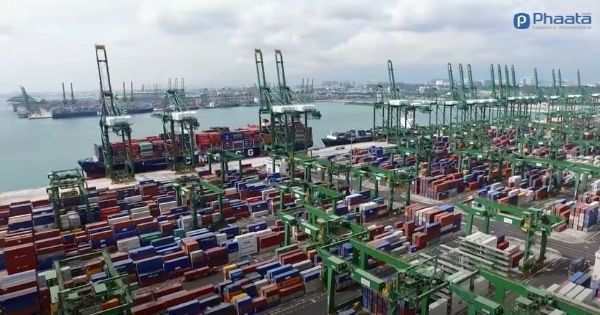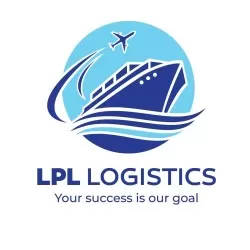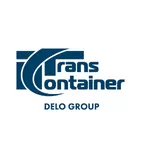Why does Singapore still maintain its position as the world's leading port despite the pandemic?
With excellent shipping services and a very well-supported shipping business environment, the Port of Singapore has maintained its No. 1 position in the Xinhua-Baltic International Maritime Center Development Index (ISCD).

Port of Singapore (Photo: Phaata)
The Port of Singapore continues to hold the position of the world's No. 1 maritime hub for the eighth consecutive year on the rankings. The index is an independent ranking of the performance of 43 cities providing port and shipping services.
Under the support and leadership of the Maritime and Port Authority of Singapore (MPA), the island nation has continued to develop its maritime industry with technological advances in future shipping fuels, innovation, safety improvement, young talent nurturing and transformation in the maritime workforce.
The Singapore government has played an important role in promoting the country's development as an international shipping hub.
The government offers a plan for the future and guidance on many fronts, including the integration of the shipping industry chain, the development of the port industry and green and smart port technology, which has been instrumental in the development of Singapore as an international maritime hub.
Singapore's favorable business environment, supportive tariff policies, flexible and user-friendly registration and management systems related to ships and crews, as well as many incentives related to shipping, all create positive conditions to attract a large amount of marine transportation resources.
The Strait of Malacca, together with Singapore, connects the Pacific and Indian Oceans. Dubbed the "lifeline" of shipping, this is a sea route connecting East Asia, Oceania, South Asia, West Asia, Africa and Europe.
Being close to the Strait of Malacca is Singapore's most important geographical advantage.
Since 2000, emerging economies in the Asia-Pacific region, especially China, have grown rapidly, with complex manufacturing industries in China, Japan, Korea and ASEAN support the global trade boom.
This has driven strong shipping demand in the Asia-Pacific region, and this has also made Singapore's geographical advantage even more prominent.
Relying on its unique geographical advantages and building on the development of the traditional freight industry, Singapore has attracted many types of maritime businesses, and gradually built a comprehensive shipping industry ecosystem.
Singapore has not only successfully gathered the largest number of international shipping groups in the world, but also attracted international cargo traders, enriching the transport and trade network in the country.
The concentration of companies involved in marine insurance, maritime law and arbitration, shipping financing and shipping brokerage has underpinned Singapore's shipping services sector.
The scientific research power of the country's universities, research centres, technology companies, start-ups and other institutions has created an innovative possibility for the development of logistics future ocean loading.
Singapore's maritime industry employs 170,000 people, contributes 7% of the country's GDP, and is home to more than 5,000 companies.

Port of Singapore (Photo: Phaata)
Singapore has also played an active role in proposing roadmaps for decarbonization in the shipping industry and has worked to protect seafarers caught in the ocean-induced crew change crisis caused by the Covid-19 pandemic.
This drive and work on multiple fronts has kept Singapore at the top of the rankings.
Despite the pandemic, the port of Singapore operated the second-highest container throughput ever at 36.9 million TEUs. According to MarineTraffic, 33,133 vessels with a tonnage of more than 5,000 tons docked in 2020. Singapore also holds the position as the leading bulk port, having handled 49.83 million tons of cargo in 2020, achieving the second highest sales from year-to-date and an increase of 5% over the previous year.
According to MPA's chief executive officer - Quah Ley Hoon, 17 international shipping groups have established or expanded operations in Singapore in 2020.
Singapore is also stepping up its role as an arbitration center and has seen a 5% growth in cases handled.
But Singapore is not resting on its laurels but continues to plan to continue to grow.
Going forward, MPA says that as their next generation port in Tuas gradually starts to operate, much of it will be digitized and automated, more jobs with higher skills will be created in the port ecosystem with more than the system engineering specialists needed to design and maintain complex automated systems.
MPA is targeting more investment and hopes to bring in $15 billion in business investment commitments from shipping companies between 2020 and 2024.
MPA also said that in its strategy of identifying and adopting new technology, MPA will support more marine R&D projects and aims to triple the number of marine technology startups supported in its programs by 2025.
Read more:
Source: Phaata.com (According to The Business Times)
Phaata.com - The first international logistics marketplace in Vietnam
► Where connecting Shippers & Logistics Companies!













.webp)





.webp)

